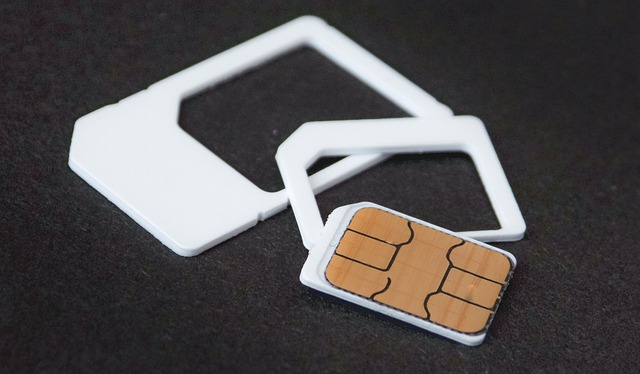Understanding 5G Smartphones: Features and Considerations
5G smartphones combine new radio protocols, antenna designs, and faster processors to deliver higher peak speeds and lower latency than previous mobile standards. For consumers, that can mean smoother streaming, quicker downloads, and new use cases such as improved cloud gaming or real-time video collaboration. This article explains what 5G brings to modern phones, how it affects battery and hardware, and what to check when choosing a 5G-capable smartphone for use in your area.

5G speed and smartphone performance
5G networks can offer much higher theoretical throughput and lower latency compared with 4G, but real-world gains depend on network deployment and phone hardware. A 5G smartphone with a capable modem and antenna can download large files faster and reduce buffering for high-resolution video. However, peak speeds are typically available in areas with robust mid-band or mmWave coverage, and older 5G phones may not support the latest bands or carrier features that unlock top performance.
How 5G technology affects apps and services
5G technology enables more responsive cloud services, multiplayer gaming, augmented reality, and faster synchronization across devices. App developers can design features that rely on real-time data transfer when network latency is low, such as live collaboration tools or higher-quality video calls. That said, service improvements also depend on back-end infrastructure — not every app will change immediately, and benefits are most obvious in applications that exchange large amounts of data or require instant feedback.
Mobile battery life and network trade-offs
Using 5G can increase power consumption because the phone’s modem and radios may work harder to maintain higher throughput or connect across multiple bands. Manufacturers mitigate this with efficiency optimizations in chips and software, but battery performance varies by model and usage. In practice, standby time may be similar to 4G on modern phones, while heavy streaming or continuous high-speed data transfers will reduce battery life faster. Users should check independent battery tests and consider models with larger batteries or adaptive power modes if longevity is a priority.
Phone hardware: antennas, chips, and design
A 5G smartphone’s real-world performance depends on its modem, antenna placement, and thermal design. Newer system-on-chips (SoCs) often integrate advanced 5G modems that support a wide set of bands and carrier aggregation, improving connectivity and reliability. Antenna design affects signal reception, especially for higher-frequency bands. Thermal management matters because sustained high-speed transfers can heat components and lead to throttling; phones with better cooling maintain performance for longer sessions.
Choosing a 5G smartphone: compatibility and networks
When selecting a 5G phone, verify band compatibility with your carrier and whether the device supports the specific 5G modes used in your area (e.g., sub-6 GHz, mmWave, or dynamic spectrum sharing). Carrier features such as VoNR (Voice over New Radio) or network slicing may require specific firmware or certification. Also consider software support and update policies, since long-term OS and modem updates can improve security and connectivity over time. Local roaming and unlocked versus carrier-locked phones are additional compatibility factors to check.
If you’re comparing 5G smartphones, real-world costs vary by model, storage, and regional promotions. Below is a concise comparison of representative 5G phone models and typical cost ranges to help set expectations. Prices shown are estimates and reflect common retail ranges for unlocked devices; carrier subsidies, trade-in credits, and regional taxes will affect final pricing.
| Product/Service | Provider | Cost Estimation |
|---|---|---|
| iPhone 15 (base) | Apple | $799–$1,099 |
| Galaxy S24 (base) | Samsung | $699–$999 |
| Pixel 8 (base) | $599–$799 | |
| OnePlus 12 (base) | OnePlus | $699–$999 |
| Xiaomi 14 (base) | Xiaomi | $599–$899 |
Prices, rates, or cost estimates mentioned in this article are based on the latest available information but may change over time. Independent research is advised before making financial decisions.
Conclusion
5G smartphones bring measurable improvements in speed, latency, and potential new services, but actual benefits depend on device hardware, carrier deployment, and the apps you use. When evaluating options, prioritize band compatibility, modem capabilities, battery performance, and vendor update policies. Understanding these factors will help you choose a 5G phone that fits your daily mobile needs and performs reliably in your area.





